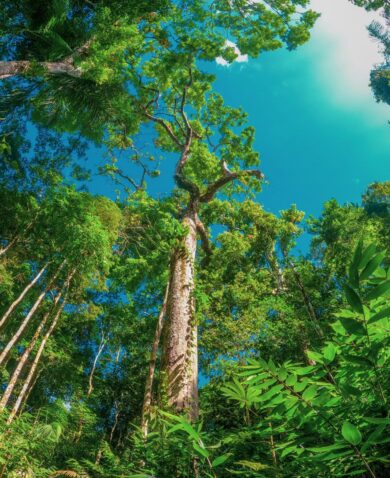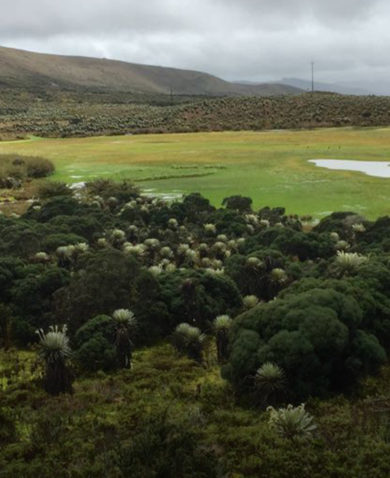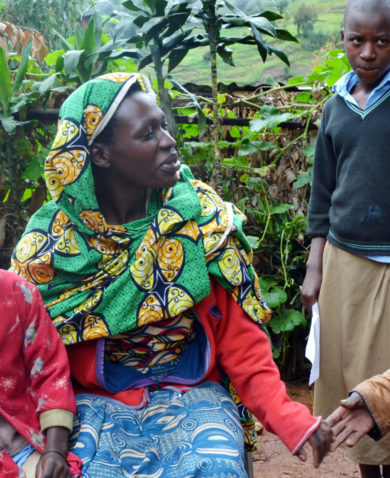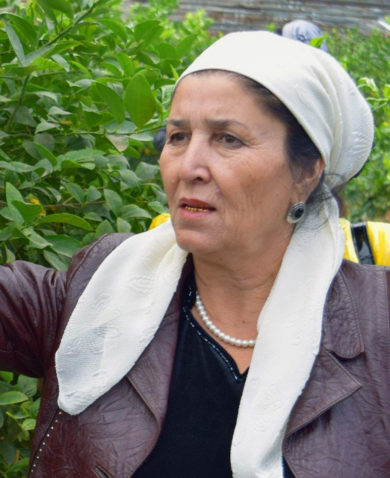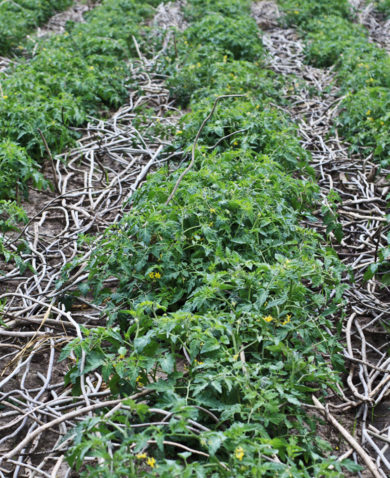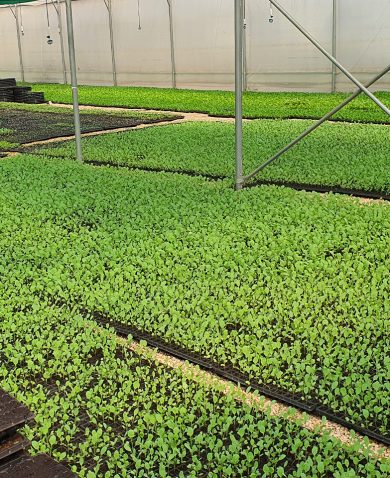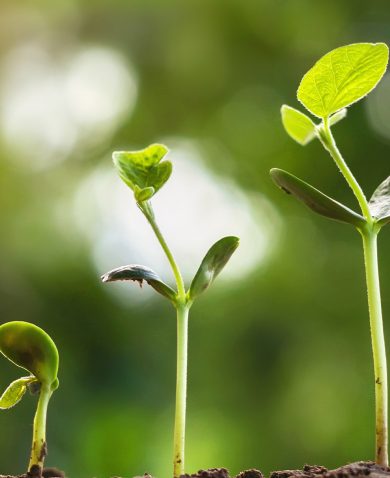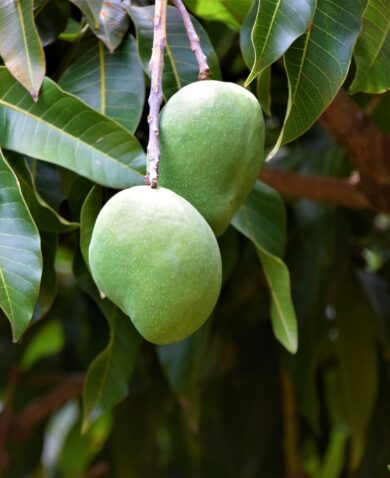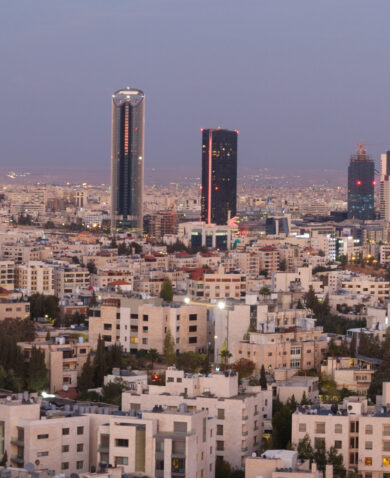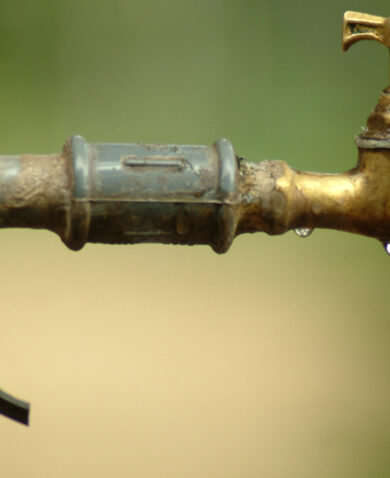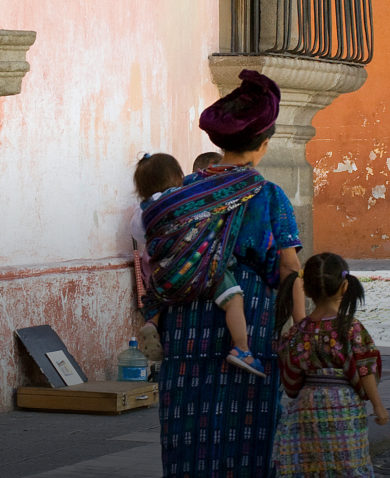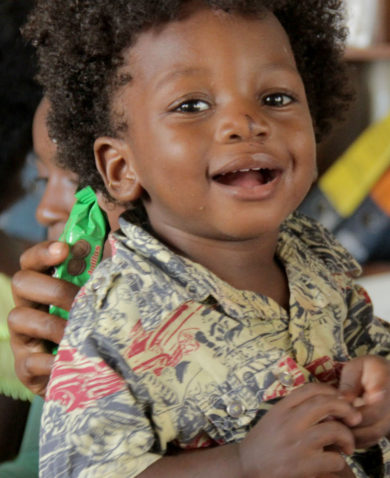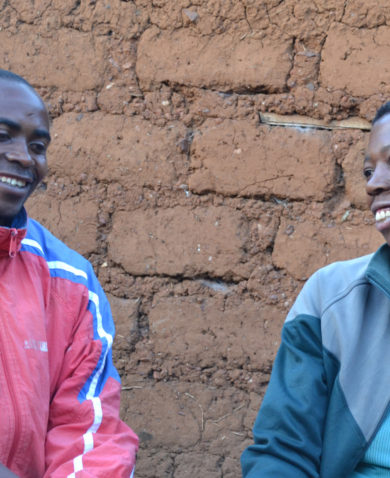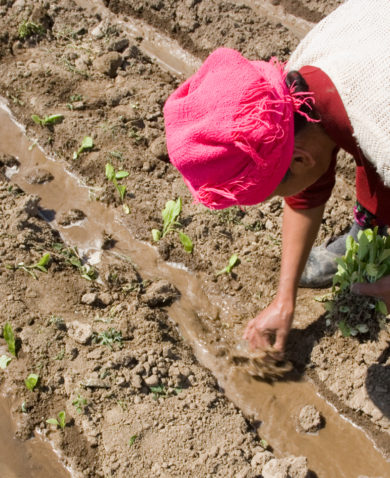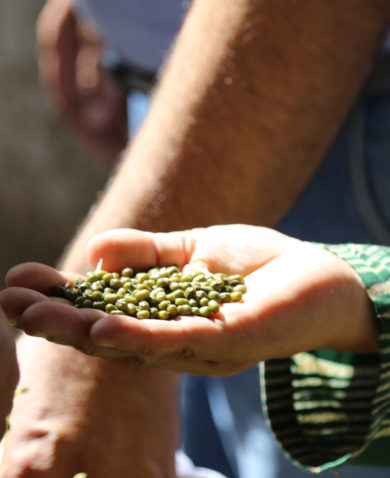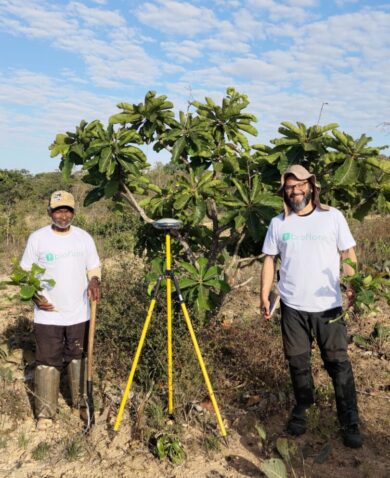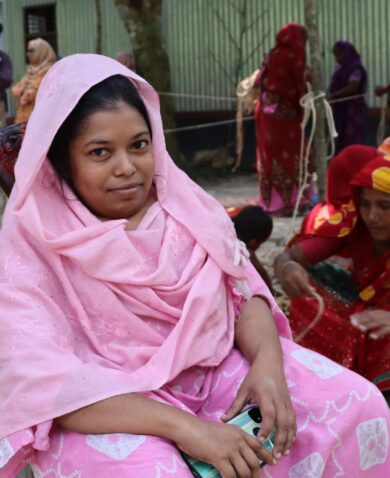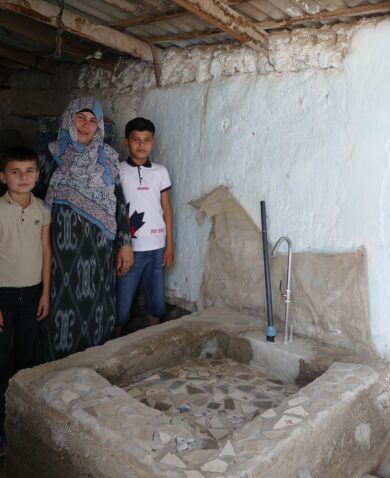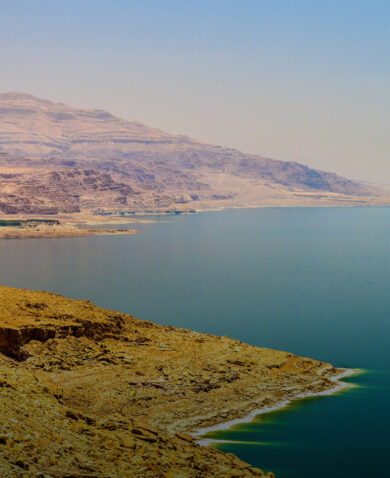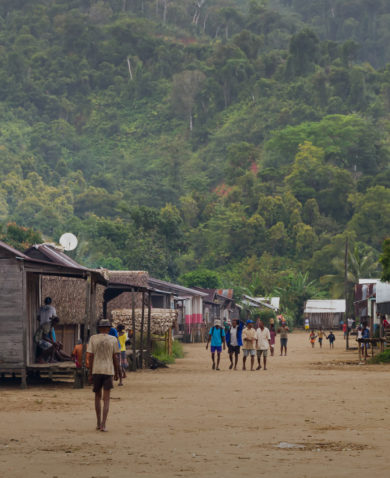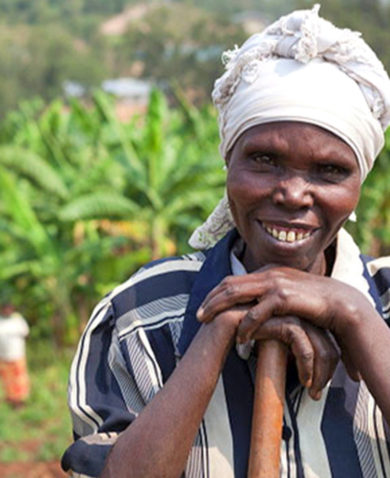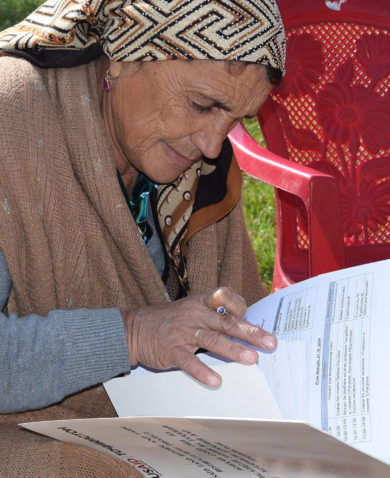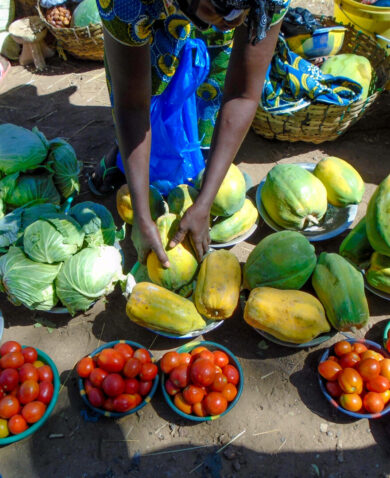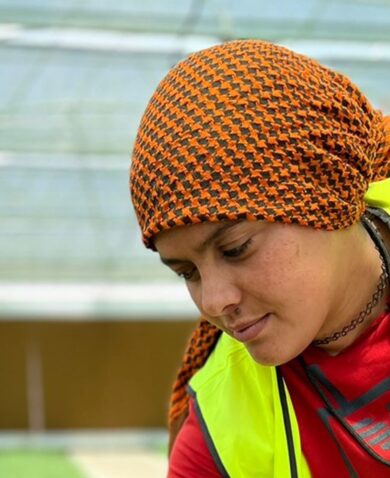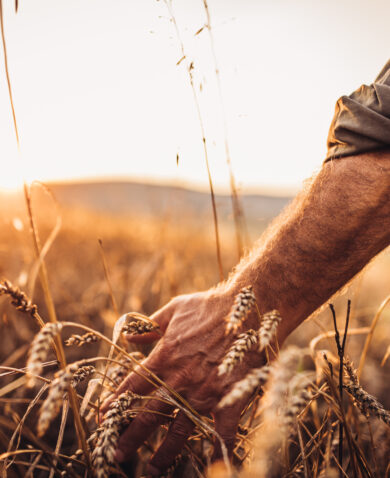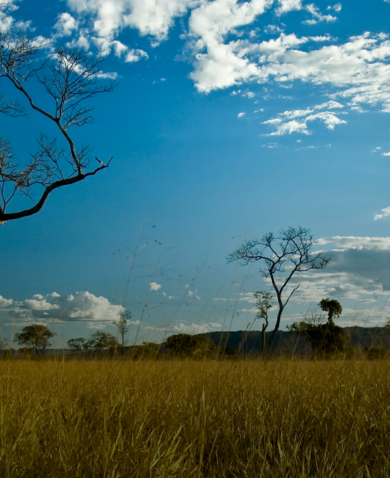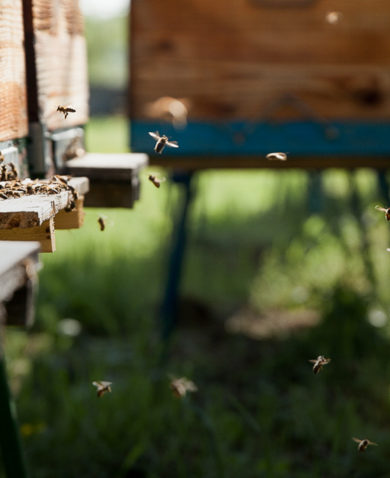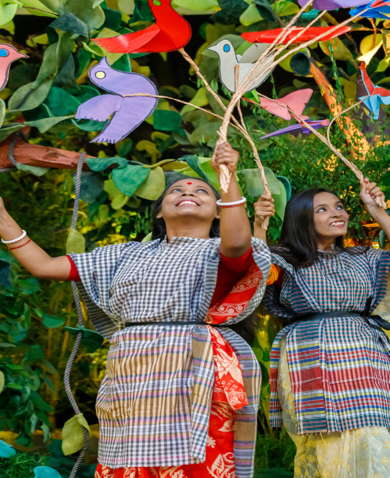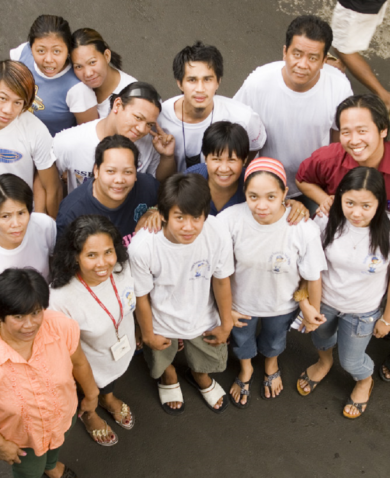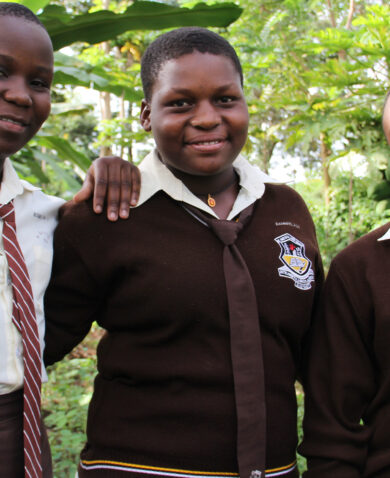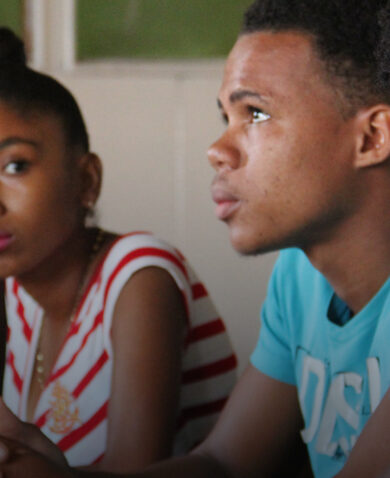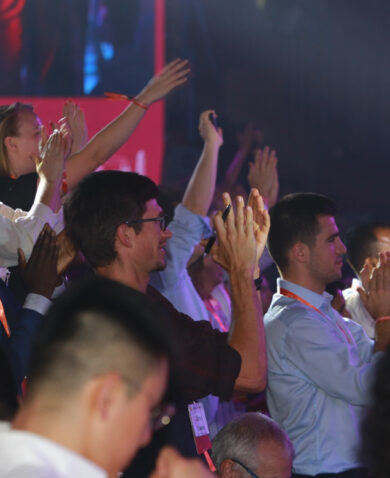Technology Meets Increased Awareness and Future Activism
So, what is it that youth, in the case of Africa for example, actually want when it comes to land?
Many young Africans do want opportunities in agribusiness, in addition to information technology, oil and gas, and tourism. Expert consensus is that smallholder agriculture must be run as a business, and that there needs to be focus on establishing rural-based industries to enhance the desirability of rural African life. Many believe that African youth can spearhead modernization and transformation of Africa’s agricultural sector. If given the chance, many young Africans are showing themselves to be keen on technological change and innovative market solutions. Whether as high-tech developers or as large-scale producers, some young Africans are starting to challenge the outdated image of African agriculture as hoe-based and lacking up-to-date information on optimal inputs as well as dependable and affordable access to improved seeds and technology. Mobile apps such as FarmDrive, eGranary, Tinga, iShamba, and Wefarm are increasingly popular in East Africa, which can give farmers access to information and products as well as improve farmers’ recordkeeping to help them prove credit-worthiness. These apps are not suitable in every context: In some countries, farmers are grappling with more basic issues or their plots are too small to justify investment in technology. Yet, there is a real opportunity for youth to play a driving force in technology for agriculture, creating careers for themselves while providing a useful service to other farmers.
What Will It Take for Transformational Change Around Youth and Land?
Education and technology can be used within prevailing demographic, customary, and statutory contexts to begin to transcend customary hoe-based farming. As the USAID Rwanda LAND project showed, it is possible to use information campaigns to change attitudes about the legal and cultural rights for daughters and sons to inherit land equally, leading to desirable behavioral change.
As this blog post suggests, much is dynamic with the world’s more than 1 billion youth and the land many of them work. For Chemonics and our donor partners, understanding where we can contribute to strengthening livelihood security, supporting individual and community rights, and facilitating more of a dynamic future for the many is an exciting prospect for us!
This blog post is based on a module created by the author as part of USAID’s free online course on land tenure and property rights. The course is open until April 15, 2018.



